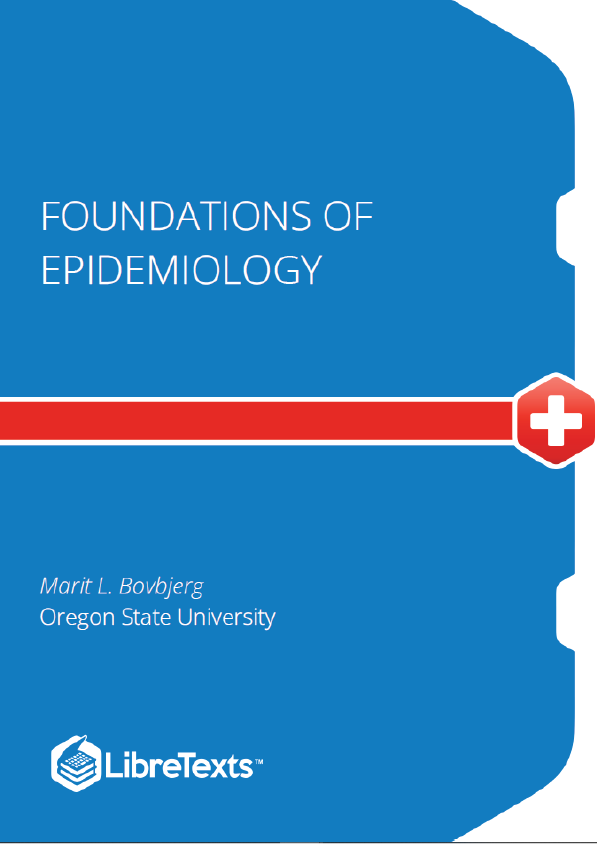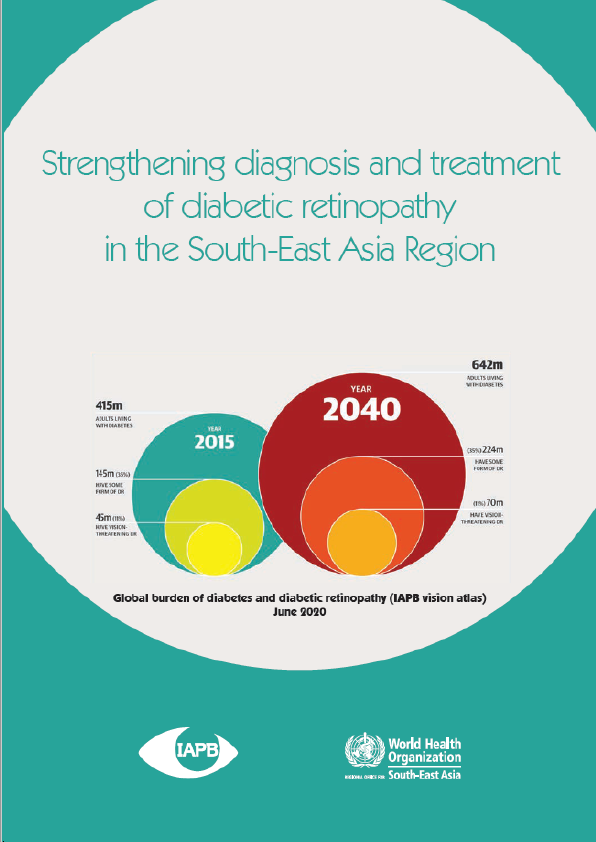Foundations of Epidemiology is an open access, introductory epidemiology text intended for students and practitioners in public or allied health fields. It covers epidemiologic thinking, causality, incidence and prevalence, public health surveillance, epidemiologic study designs and why we care about which one is used, measures of association, random error and bias, confounding and effect modification, and screening.
What is Epidemiology?
After reading this chapter, you will be able to do the following:
- Define epidemiology
- Provide examples illustrating each of the 5 parts of the epidemiology definition
- Describe the way in which epidemiology fits into the overall public health workforce
Public health deals with the well-being of communities, with a focus on disease prevention. This is accomplished “through the organized efforts and informed choices of society, organizations, public and private communities, and individuals.” In other words, public health professionals first assess the health status of the population, determine the causes of any health problems, design interventions in an attempt to address those problems, and then reassess the population’s health to evaluate whether the intervention worked.
Epidemiology is the basic science of public health, and epidemiologists are heavily involved with all 3 steps shown above. We are involved with surveillance and other health assessment activities, our studies are instrumental in determining the causes of health outcomes, and we are often part of the teams that evaluate public health interventions.
There exist many closely related definitions of epidemiology. This is the one I like:
Epidemiology is the study of the distribution and determinants of disease or other health-related outcomes in human populations, and the application of that study to controlling health problems.
There are several key words and phrases in that definition that relate directly back to the core public health functions. First, epidemiologists are concerned with the distribution of a disease — that is, with describing the pattern of an illness in terms of person, place, and time. This descriptive epidemiology effort is almost always a necessary first step in any public health initiative.
Epidemiology as a science works because disease is not randomly distributed within the population. If it were—that is, if there were no risk factors and nothing that would either cause or prevent a case from occurring other than sheer luck—then we would not be able to determine who is at greatest risk. If we could not determine who is at greatest risk, then prevention efforts (the holy grail of public health) would be impossible. However, disease is not random. Thus epidemiologists spend their time trying to figure out why these people get sick but those people don’t. Once we figure that out, we have a starting point for planning prevention campaigns with our public health colleagues.











